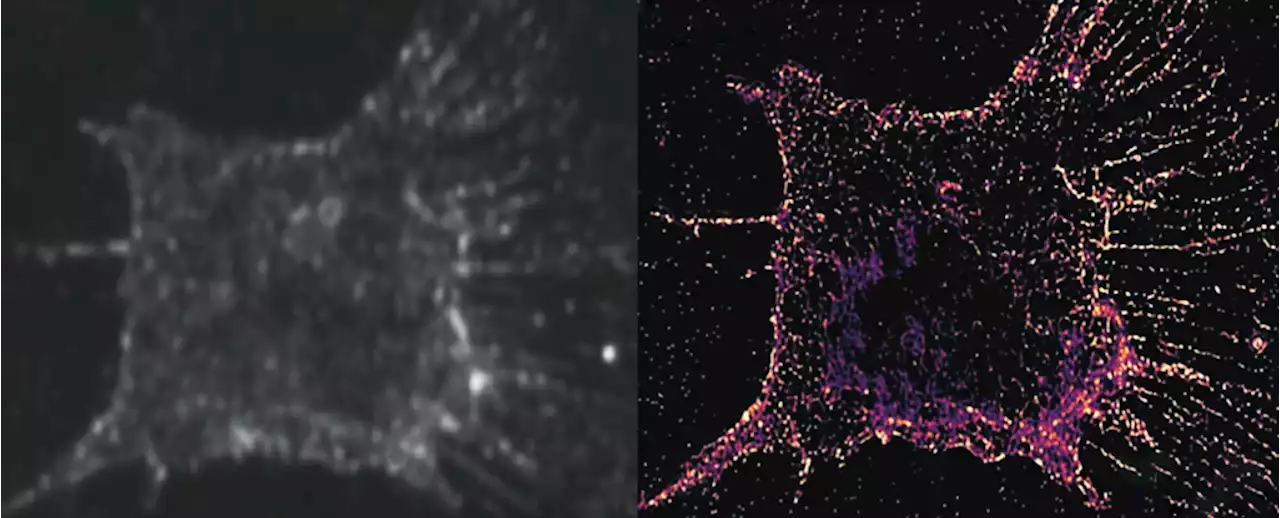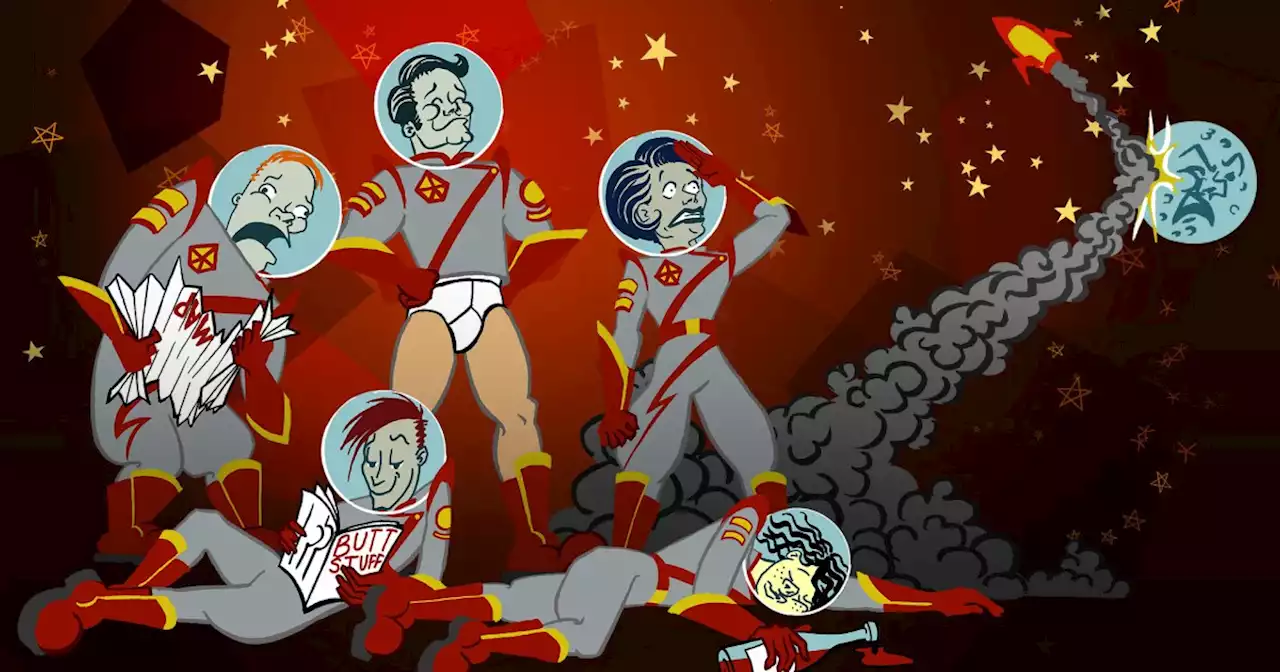The upcoming XRISM (X-ray Imaging and Spectroscopy Mission, pronounced 'crism') spacecraft will study the universe's hottest regions, largest structures, and objects with the strongest gravity.
This artist's concept shows a face-on view of the XRISM spacecraft. Credit: NASA's Goddard Space Flight Center Conceptual Image Lab
Led by JAXA , XRISM will peer into these cosmic extremes using spectroscopy, the study of how light and matter interact. In this explainer, video producer Sophia Roberts from NASA's Goddard Space Flight Center walks us through how understanding spectroscopy deepens our knowledge of the universe. XRISM's microcalorimeter spectrometer, named Resolve, is a collaboration between JAXA and NASA. It will create spectra, measurements of light's intensity over a range of energies, for X-rays from 400 to 12,000 electron volts.
United States Latest News, United States Headlines
Similar News:You can also read news stories similar to this one that we have collected from other news sources.
Converted-wave reverse time migration imaging in subduction zone settingsWe use a newly developed 2-D elastic reverse time migration (RTM) imaging algorithm based on the Helmholtz decomposition to test approaches for imaging the descending slab in subduction zone regions using local earthquake sources. Our elastic RTM method is designed to reconstruct incident and scattered wavefields at depth, isolate constituent P- and S-wave components via Helmholtz decomposition, a
Read more »
 We Just Got An Unprecedented Look At The Details of Cell DivisionBy replacing fluorescent molecules in an existing imaging process with ones that instead scatter light, researchers have revealed a whole new level of dazzling details within our living cells.
We Just Got An Unprecedented Look At The Details of Cell DivisionBy replacing fluorescent molecules in an existing imaging process with ones that instead scatter light, researchers have revealed a whole new level of dazzling details within our living cells.
Read more »
 Universal linear processing of spatially incoherent light through diffractive optical networksInformation processing with light is a topic of ever-increasing interest among optics and photonics researchers. Apart from the quest for an energy-efficient and fast alternative to electronic computing for future computing needs, this interest is also driven by emerging technologies such as autonomous vehicles, where ultrafast processing of natural scenes is of utmost importance. Since natural lighting conditions mostly involve spatially incoherent light, processing of visual information under incoherent light is crucial for various imaging and sensing applications. Additionally, state-of-the-art microscopy techniques for high-resolution imaging at the micro- and nano-scale also depend on spatially incoherent processes such as fluorescence light emission from specimens.
Universal linear processing of spatially incoherent light through diffractive optical networksInformation processing with light is a topic of ever-increasing interest among optics and photonics researchers. Apart from the quest for an energy-efficient and fast alternative to electronic computing for future computing needs, this interest is also driven by emerging technologies such as autonomous vehicles, where ultrafast processing of natural scenes is of utmost importance. Since natural lighting conditions mostly involve spatially incoherent light, processing of visual information under incoherent light is crucial for various imaging and sensing applications. Additionally, state-of-the-art microscopy techniques for high-resolution imaging at the micro- and nano-scale also depend on spatially incoherent processes such as fluorescence light emission from specimens.
Read more »
 I sent a reptilian to space in Steam's weirdest new gameI won an intergalactic boxing match, partied on an alien space cruise, and sent a reptilian to space in th bizarrely inventive PC game Astronaut: The Best.
I sent a reptilian to space in Steam's weirdest new gameI won an intergalactic boxing match, partied on an alien space cruise, and sent a reptilian to space in th bizarrely inventive PC game Astronaut: The Best.
Read more »
 Airstream, REI Expand Basecamp Travel Trailer to 20 Feet, Making More SpaceExtending last year's collaborative model to fit more people makes the camping trailer slightly more expensive: It's now priced in the low $60,000s.
Airstream, REI Expand Basecamp Travel Trailer to 20 Feet, Making More SpaceExtending last year's collaborative model to fit more people makes the camping trailer slightly more expensive: It's now priced in the low $60,000s.
Read more »
